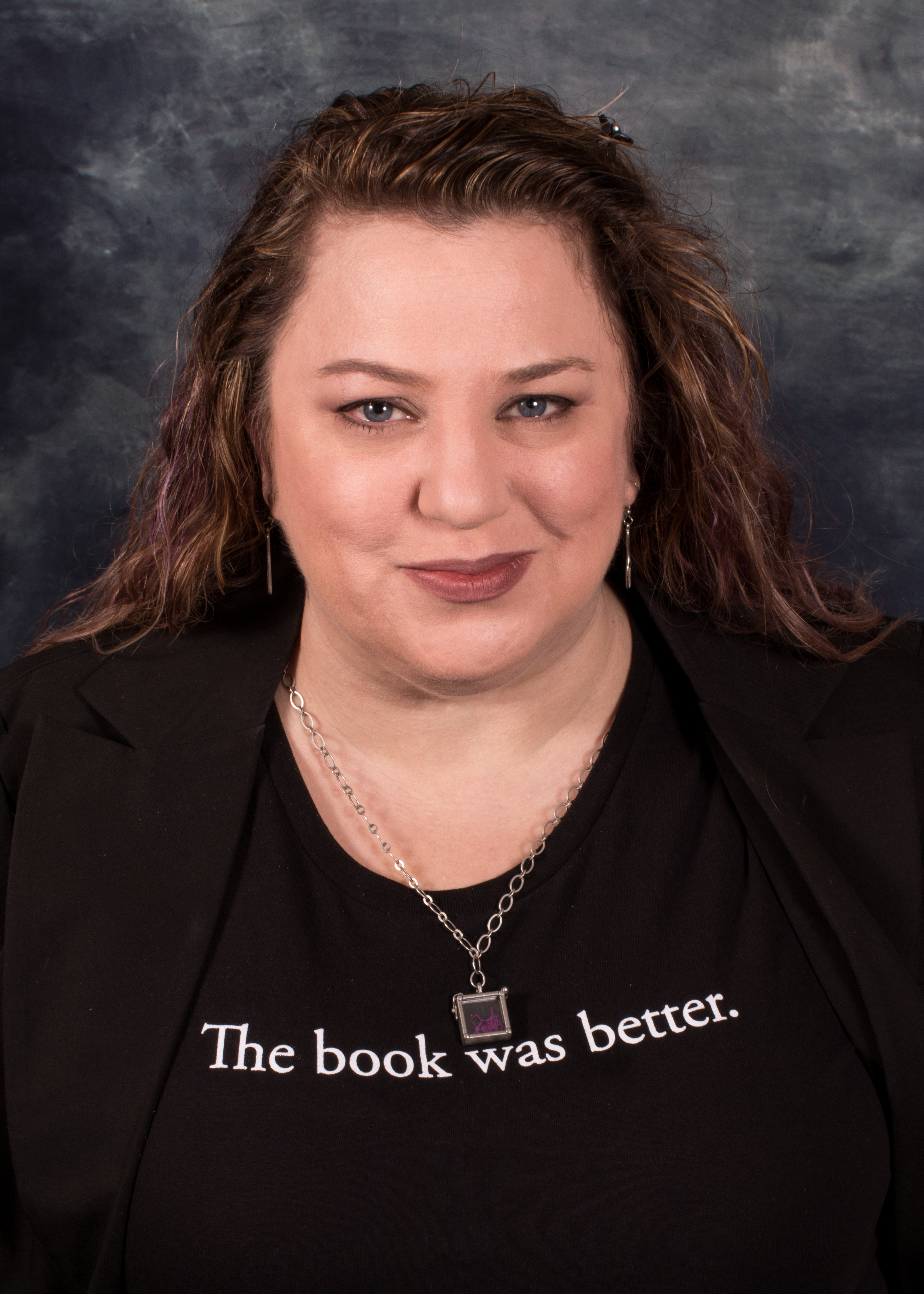
Many writers benefit from the camaraderie of National Novel Writing Month. Writing is often a solitary pursuit, whether as occupation or as hobby. Knowing that there is a vast network of people out there going through the same things you are creates common ground.
Whether on formal NaNoWriMo boards and hashtags, or just on your own social media with people you know who are also doing NaNoWriMo, you can find people to vent to, people to talk to, people who understand.
But beware…
If you’ve been reaching out to a writing community–taking part in a writer’s group, going to cons, networking, attending launch parties, anywhere writers tend to gather–you will already know the people who like “the writer lifestyle” more than the actual writing.
These are the people who love to talk all about the plot and characters for their novel, even though they’ve been talking about the same story for years and still haven’t finished their first draft. These are the people whose book is on its 39th draft, but they’re considering changing the main character in a heavy rewrite. These are the people who say they want to be pros, but act like hobbyists.
If you’re taking part in NaNoWriMo, will you be spending most of your NaNo time writing a novel, or will you be spending it on social media or at in-person gatherings talking about your story, writing in general, how your day is going, what coffee to order…instead of actually writing?
If this has been you in the past, ask yourself what you really want. Do you want to complete a novel? Or do you want to hang out with people you think are cool and talk about your ideas?
There’s nothing wrong with writing as a hobby, and there’s nothing wrong with finding friends to share your hobbies. But if completing a novel is a secondary goal, be honest with yourself. Spend time with like-minded people and support your friends who are working hard to finish their books.
Conversely, if completing a novel is your primary goal, be wary of how you spend your time. The bulk of your NaNo time should be spent accomplishing that goal. In-person gatherings can be fun, but if you’re more productive on your own, make a choice that supports your goal. Online updates can be motivating and online venting can provide you with support, but social media posts do not count towards your word limit.
Finally, you may have a challenge if you are serious but your friends are hobbyists. If they are true friends, they will understand how important your goal is and support you as you work to reach it. However, you may have issues with acquaintances who resented the time you spend on writing, as it takes time away from mutual brainstorming, character-building, plot-creation “hobby” time. If your friends are angry because you are working on your book instead of proofreading the 39th draft of their novel, drawing art of the new character they’ve created for their story that they’ve been writing for the past five years, or just hanging out with them in the coffee shop, then your “friends” are more interested in what you can do for them than in your success.
Fortunately, NaNoWriMo events can help you connect with new people who are as serious about their writing as you are, so even when you are putting the bulk of your time into writing, you can know that you’re not alone.
Happy writing!

